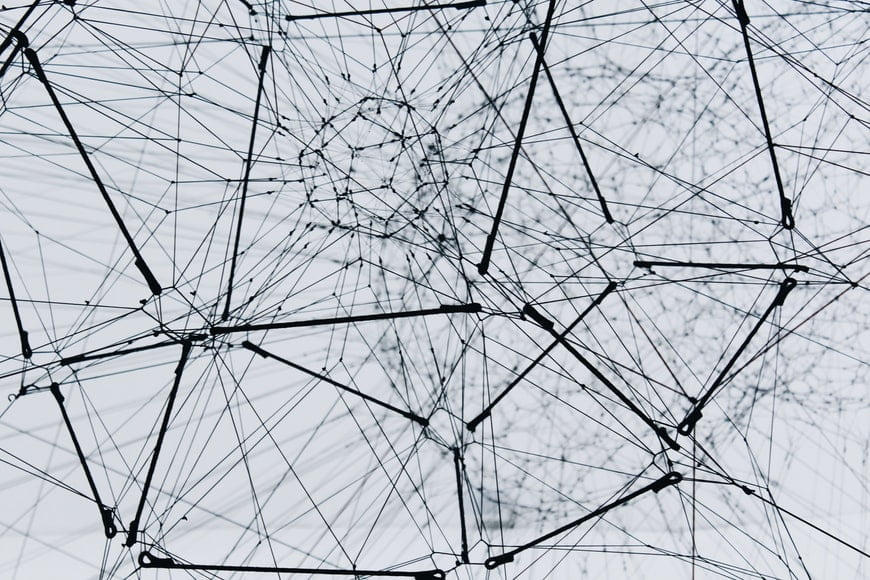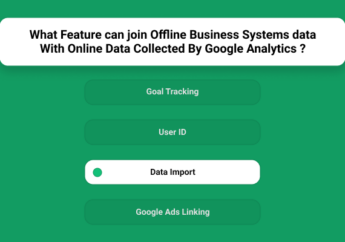Understanding The Fundamentals Of Peer-To-Peer Network
by Abdul Aziz Mondal Information Technology Published on: 31 January 2022 Last Updated on: 19 October 2024

File sharing and software piracy are the things of the modern world. They have existed even before the advent of the internet. They were connected through message boards and private FTP sites.
Despite the features of interconnecting files, searching a file was a tedious task. Even more tedious when it comes down to downloading.
However, this problem was solved with the internet. When the internet was launched for everyone, it came with the P2P file-sharing network.
With the P2P network, people were suddenly given a direct line to access content from the other users’ shared data.
Are we going too fast for you? Let’s back up a little and go slowly with what P2P is? How does it work? And, what are their types?
What Is Peer-To-Peer Network?

The P2P network is entirely a different model. Here every computer connected to the network becomes a server. There is no central server that caters to all the data, files, and folders.
If you truly want to see the complete server, you have to take all the computers connected to each other into consideration.
The P2P network allows the computer system to become both a client when it needs something and a server when it needs something from the computer.
Giving back something to the other users is called seeding, and just downloading without offering your content is called Leeching. Unfortunately, most people on the P2P network leech, which is why they cannot take full advantage of the network.
One of the prime examples of a P2P network is the pirate bay. It is a platform that works on the principle of the P2P network, and the users of this platform form its database.
How Peer-To-Peer Network Works?
To better understand what P2P networks are all about, we need to understand how this network actually works.
So, how does a P2P network work?
Let’s learn!
In a P2P network, the users are responsible for maintaining the distributed network. The name peer-to-peer network shows that the network does not need a central authority to look after it.
In the P2P network, each node becomes both a client and server when needed. Each of the nodes has a copy of the file. So, if someone needs the file, they become the server.
Do not confuse the P2P with the other client’s server setup because it does not follow the traditional client-server model. It is a distributed network instead of being a centralized network.
Types Of Peer-To-Peer Network

There are three different types of P2P networks. Let’s go through them below.
1. Structured P2P Network
All the nodes are organized in the structured P2P network and have a definite sequence number. Thus, the nodes do have a sequential way of communication with each other.
To make these kinds of structured P2P network hash functions are used. Due to its structured behavior, structured P2P networks are more efficient than the others.
The only downside is that because of the structured nature; they give off the vibe of a centralized network.
2. Unstructured P2P Network
Unstructured P2P network is the exact opposite of the structured P2P network. That means all the nodes in an unstructured P2P network are random.
Perhaps because of their dynamic nature, they are well suited for activities that require a lot of activity.
The only drawback is that it requires a lot of GPU and memory power.
3. Hybrid P2P Network
It is the combination of the P2P network and client-server model. This is useful for the network when it requires the presence of a central server.
What’s more, many experts believe hybrid P2P networks are more efficient than structured and unstructured P2P networks.
Final Thoughts
No matter how the government sees it or what experts say – Peer-To-Peer Network is here to stay!
Why are we saying that? Because P2P networks support the two most advanced technologies – Blockchain and Online data sharing.
As we move forward without a digital approach, we know that these two will be the most dominating players in the future.
What are your thoughts on P2P networks? Do let us know in the comment section.
Read Also:



































































































